Going to the yard is an adventure in many ways. Will the engine start, will I have to do many repairs to the hull, … Believe me, every owner is nervous around this period. In the early days I was working on boats, it was only a hull survey. Now, there is Communautair Certificaat you need to get as well.
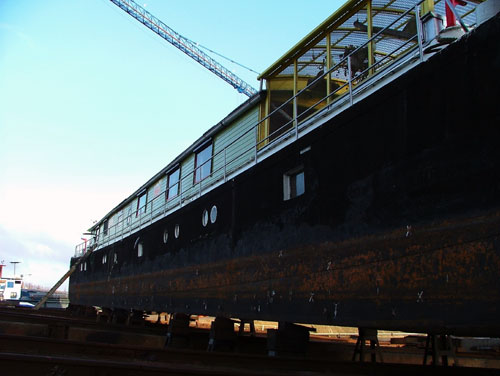
In Belgium every boat owner needs to dry dock his boat every five years and have a certificate (based on a bottom report).
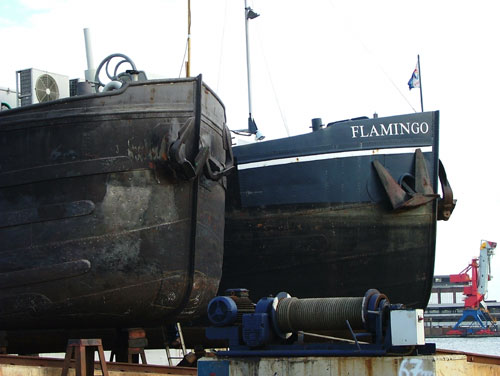
There are many things to consider when going to the shipyard. These items are shortly described in the following article:
Towing or sailing the boat to the yard
If your boat has no engine, this question is quickly solved. In many cases it is different. Most house boat barges run their engine only when they need to move, so not often. At least two weeks before going to the shipyard I recommend trying the engine (Preferably, you run your engine every three months then you won’t have any problem). As I experienced with many boats, it won’t run straight away. You now have enough time to find a mechanic to repair the engine.
Check if their is enough fuel for the trip, there are no visible leaks in any pipes, etc…
Make sure the propeller and shaft are free, inside and outside. Inside, an engine room is often used as storage space, so many items can block the shaft. On the outside, rubbish might have gone in the propeller tube or around the propeller blocking it from rotating and causing the propeller or gearbox to break.
A day or two before moving to the yard, undo most of the ropes and keep only a couple (4 maximum) to hold the boat. Make sure you have as much life jackets as people traveling with you to the yard. Check all navigation equipment such as lights, horn, radio, AIS, …
If you need towing, ask the insurance company what companies are allowed. Never forget, a towing company is not responsible for any damage to your boat. Towing is expensive!

Insurance
Depending on what insurance you have, let them know that you are planning to make a trip or take an extra insurance policy for a few days in which you are allowed to go to the yard. Often they will only insure you to the nearest yard.
Choosing a yard
Depending on whether your insurance allows a different yard then the nearest, you can make your choice. A choice for a yard is often made on personal experiences or talks from other people.
Technical reasons are not to be forgotten. Some yards don’t allow barges because of their ballast, size, depth, etc…
Always argue on the price and never take an job by the hour. Also mention they cannot make any extra cost unless it is written on paper and you gave your permission.
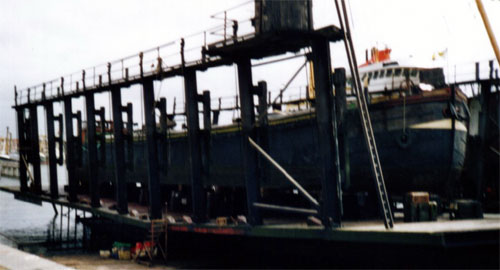
Sailing to the yard
If you can’t sail yourself, make sure to find a good skipper. If a skipper damages your boat, he is responsible but you need to pay for the damage to the boat! Making a trip on a boat is everybody dream, don’t allow to many people. they often cause more problems then good. Or they stand in the view of the skipper, or they fall overboard, or in emergency they block the way to the ropes, gangway, etc…
Always ask for the papers of the skipper and don’t serve any alcohol.
Dry dock process
Make sure that everything that’s loose inside is stored safely, such as glasses, statues, etc… Turn of the fridge if it is an old one! A big chance he won’t survive the dry-docking on the slipway. While being dry-docked, turn of the engine. It might hurt somebody on land if the propeller is still turning or your engine might become hot since there is no cooling.
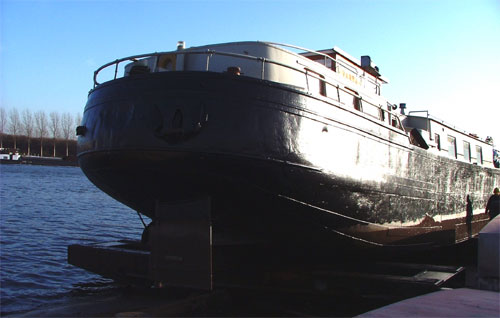
On the slipway
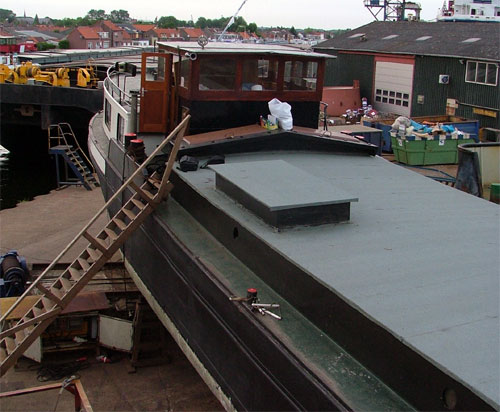
Welding / burning on the hull
Every five year you hear the unpleasant news plates need doubling or replacing (burning out and welding a new plate in). because of the heat, there is a big fire risk. Always be there during these works. If possible remove the wooden panels and insulation when you know where they have to work. Check the water system to see if there is power on the hose in case you need to attach the fire. It wouldn’t be the first time that someone disconnected the hose at the yard.
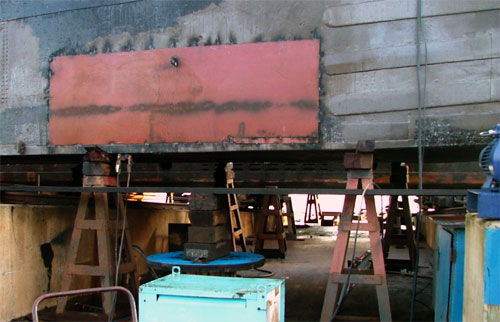
Paint or tar
Choosing paint or tar is very often a personal choice, except in the Netherlands where tar is prohibited by law.
Your mooring
During your absence there is a chance your mooring has been taken, temporarily or by the new boats’s owner idea permanently. Check with your neighbours that they watch your mooring so nobody makes use of it.